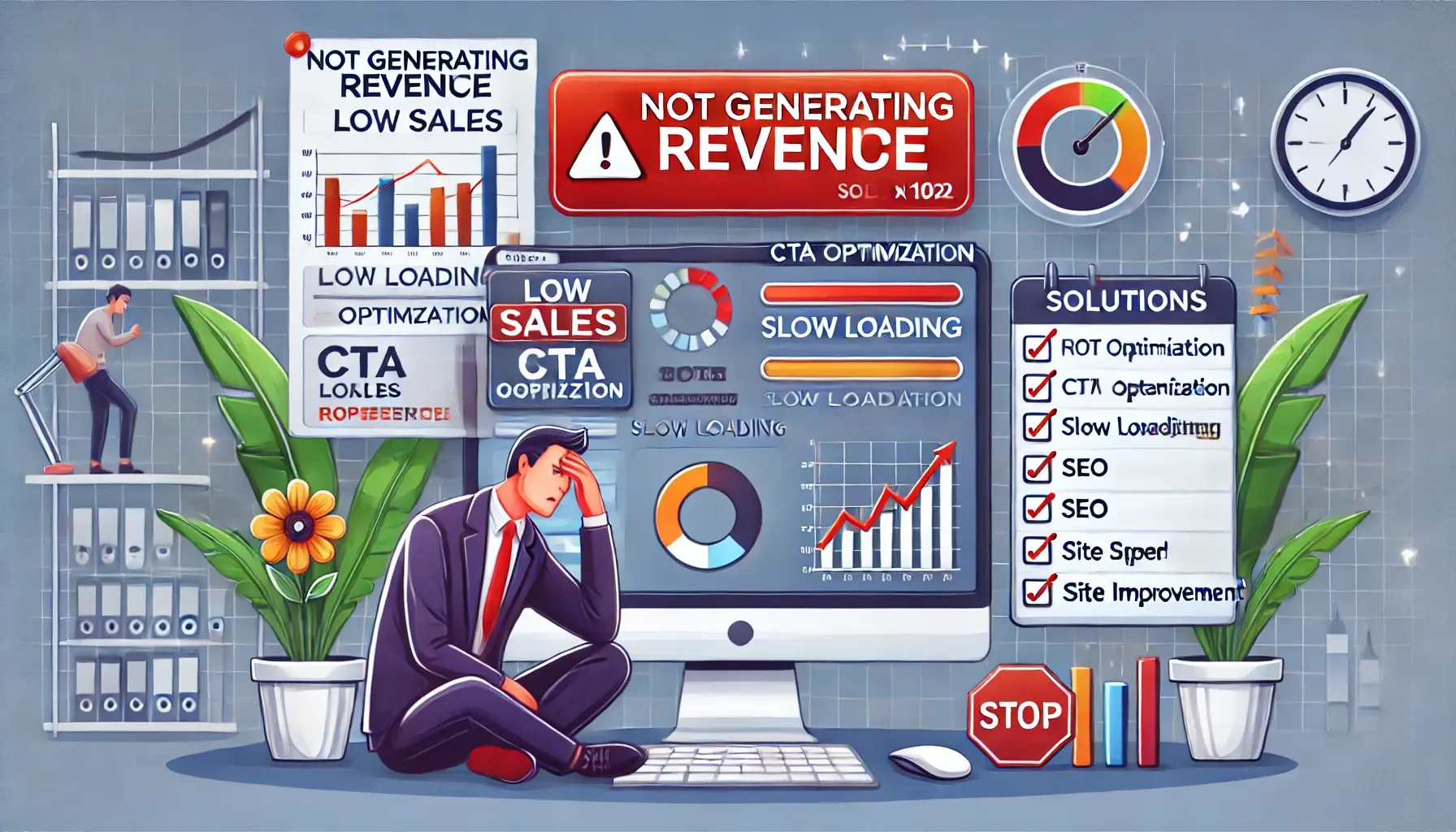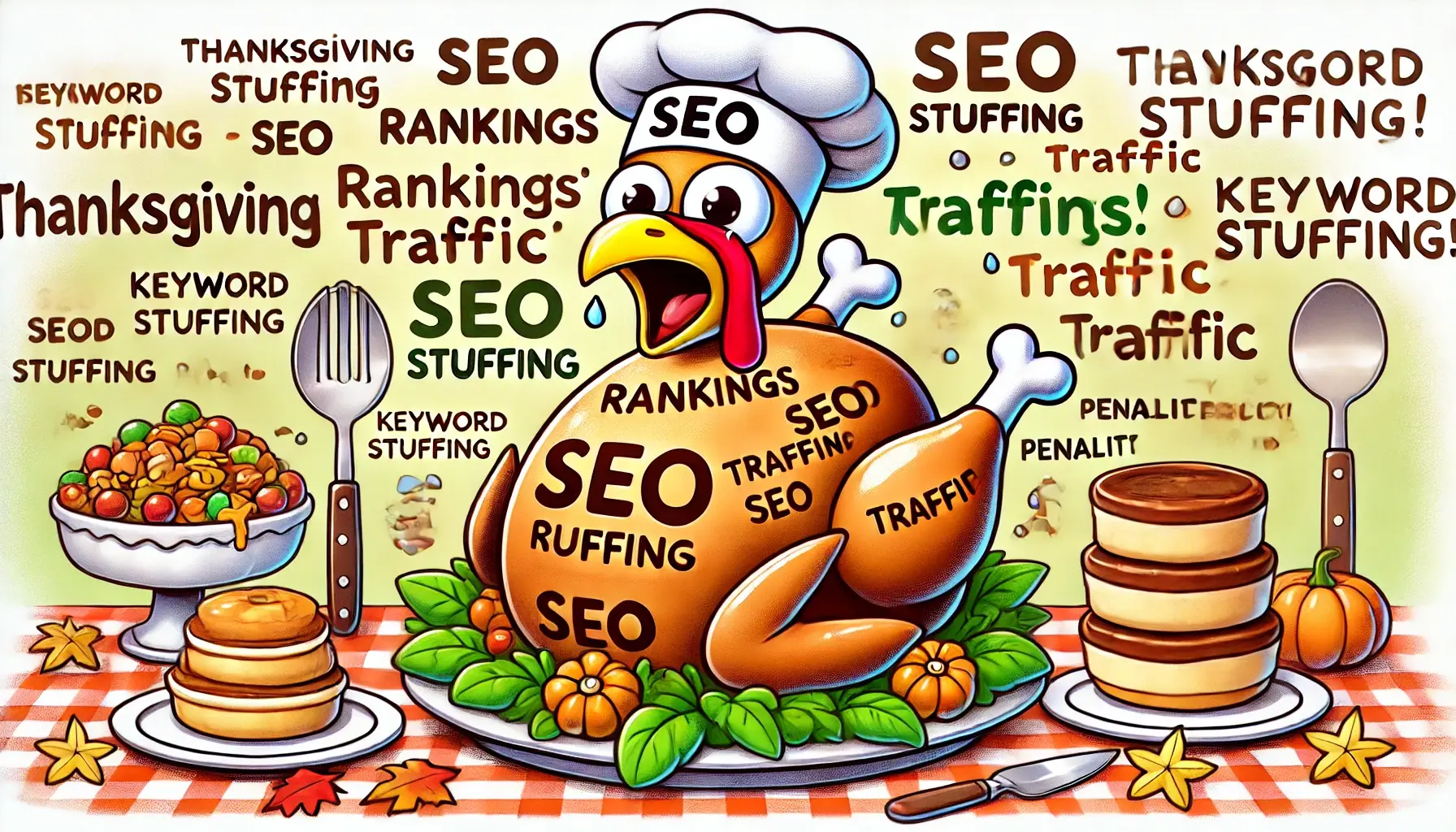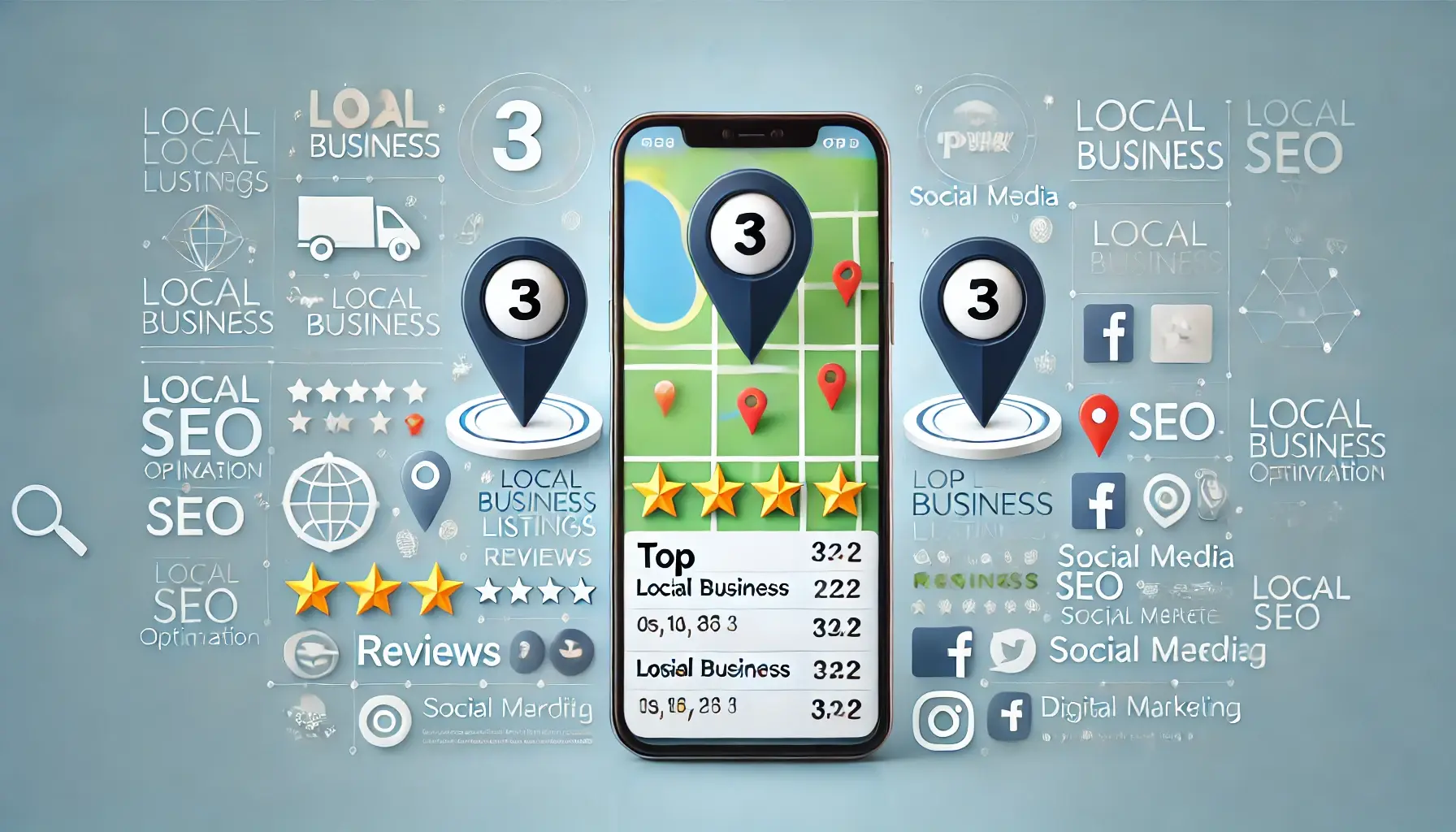
Ah, the dreaded SEO audit. It's like going to the dentist—necessary but often avoided. Fear not, brave website owner! I'm here to guide you through this process with the grace of a cat stuck in a laundry basket. Trust me, by the end of this, you'll be an SEO audit wizard, ready to dazzle your audience and Google bots alike. Plus, we'll talk about the importance of high-quality content and how to create content that attracts traffic—because who doesn't want more visitors?
Understanding the Basics of an SEO Audit
So, what exactly is an SEO audit? Think of it as a check-up for your website. Just like you need to know if your heart is still beating (spoiler: it is), you need to know if your website is in tip-top shape. An SEO audit covers everything from technical issues to on-page and off-page SEO, and, of course, content analysis. Let’s dive in, shall we?
Technical SEO Audit
Site Structure and Navigation
Imagine walking into a library where all the books are scattered on the floor. Frustrating, right? That's how your users feel if your site structure is a mess. A well-structured site is like a neatly organized library. Ensure your site is easy to navigate with clear categories and logical internal linking. Your users (and search engines) will thank you.
Mobile-Friendliness
If your website isn’t mobile-friendly in 2024, you're basically living under a rock. Mobile optimization is crucial. Use tools like Google’s Mobile-Friendly Test to check if your site is ready for the small screen. If it’s not, get to work. After all, nobody likes pinching and zooming to read your content.

Site Speed and Performance
Remember dial-up internet? Neither do I, and your visitors shouldn't have to endure slow loading times either. Use tools like Google PageSpeed Insights or GTmetrix to see how fast your site is. Compress images, enable caching, and reduce server response time. Fast websites are happy websites.
Crawlability and Indexability
Search engines are like the nosy neighbor who needs to know everything. Make sure they can crawl and index your site by checking your robots.txt and sitemap.xml files. Tools like Google Search Console and Screaming Frog are your new best friends here.
On-Page SEO Audit
Meta Tags and Descriptions
Meta tags are like the window display of a store. They need to be attractive enough to lure people in. Craft compelling title tags and meta descriptions that include keywords and entice clicks. Just remember, don’t overdo it—nobody likes a pushy salesman.
URL Structure
A clean URL is like a clean house—inviting and easy to navigate. Use short, descriptive URLs with keywords. Ditch the random strings of numbers and letters. For example, "/how-to-seo-audit" is way better than "/post?id=1234". Agreed?
Header Tags (H1, H2, H3)
Headers are the backbone of your content structure. Use them wisely. H1 for the main title, H2 for subheadings, and H3 for subsections. Think of them as signposts guiding your readers through your content. Plus, search engines love a well-structured page.
Keyword Usage and Density
Keywords are important, but keyword stuffing is so 2005. Use keywords naturally and avoid overstuffing. Tools like Google Keyword Planner and Ahrefs can help you find the right keywords. Think of keywords as spices—too much can ruin the dish.
Off-Page SEO Audit
Backlink Profile

Backlinks are like votes of confidence from other websites. Use tools like Ahrefs or Moz to analyze your backlink profile. Aim for high-quality backlinks from reputable sites. And no, buying backlinks on the dark web is not a good idea.
Social Signals
Social media and SEO go together like peanut butter and jelly. Strong social signals can boost your SEO. Share your content, engage with your audience, and watch those social signals skyrocket. Your cat videos can wait.

Content Analysis
The Role of High-Quality Content in SEO
Content is king, queen, and the entire royal family. High-quality content is unique, relevant, and valuable. It’s what keeps visitors coming back for more. Search engines love it, and so do your readers.
Content Audit
Time to channel your inner Sherlock Holmes and audit your existing content. Use tools like Google Analytics and SEMrush to evaluate quality and relevance. Identify what’s working and what needs a little TLC.
Tips for Creating Content that Attracts Traffic
- Know Your Audience: Understand their needs and interests.
- Keyword Research: Identify popular topics with tools like Ahrefs or Google Keyword Planner.
- Engaging Content: Create content that is interesting and shareable. Think videos, infographics, and memes—yes, memes!
- Update Old Content: Keep your content fresh and relevant.
Using SEO Tools for an Effective Audit
No need to reinvent the wheel. Use SEO tools like Google Search Console, SEMrush, Ahrefs, and Screaming Frog to gather data and insights. These tools are like having a personal trainer for your website.
In conclusion, performing regular SEO audits is like getting regular health check-ups—it’s essential for maintaining your website’s health. Remember, high-quality content is your secret weapon. Implement the tips and strategies discussed, and watch your website thrive.
Ready to take your SEO to the next level? Contact Blumoo Creative for a professional SEO audit






















